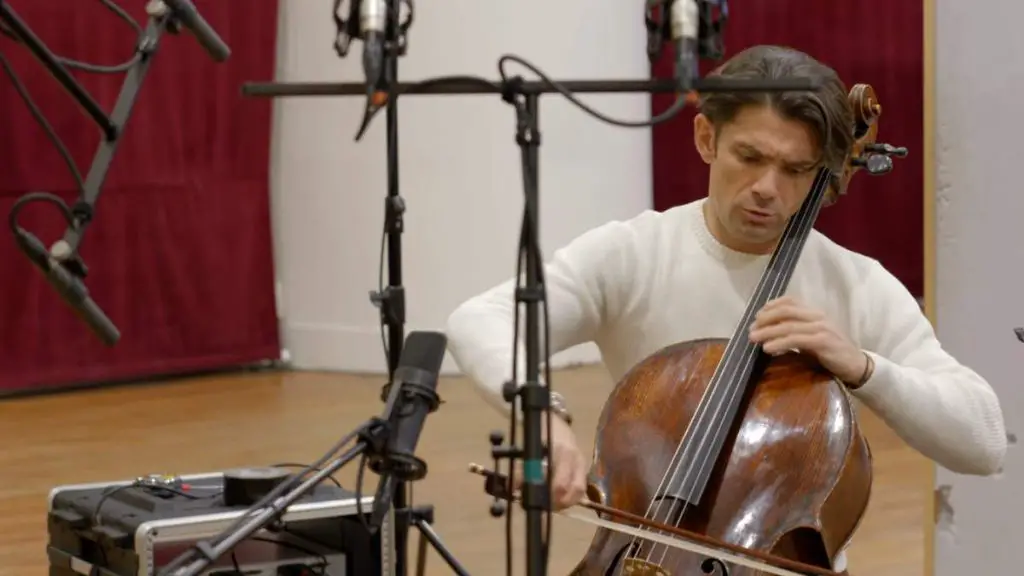Accompanied by the French pianist François Daudet, the French cellist David Louwerse plays Sicilienne, Op. 78, a short work by Gabriel Fauré, composed in 1893. It was originally an orchestral piece, written for a theatrical production that was abandoned. In 1898, Fauré arranged the unperformed music as a work for cello and piano.
Gabriel Fauré’s Sicilienne
Gabriel Fauré’s Sicilienne, Op. 78 is one of his most beloved and recognizable pieces, known for its graceful, lyrical melody and elegant charm. Composed in 1893, the work was initially conceived as part of incidental music for a theatrical production of Molière’s Le Bourgeois Gentilhomme, which ultimately never materialized.
However, Fauré later adapted the piece, incorporating it into his Pelléas et Mélisande suite, and it became a standalone work for cello and piano, although it is often performed by other instruments, such as flute or violin, with piano accompaniment.
The Sicilienne is characterized by its flowing, dance-like rhythm, which evokes the traditional Siciliana, a slow, pastoral dance in a 6/8 time signature. The piece’s lilting melody, underpinned by a gently undulating accompaniment, creates a mood of serene, wistful beauty. It reflects Fauré’s signature style, blending French elegance with a subtle emotional depth that touches on both melancholy and lightness.
Sicilienne, Op. 78 has become a staple of the classical repertoire, frequently performed in both concert settings and as a popular piece for student recitals. Its timeless appeal lies in its simplicity, expressive melody, and the delicate interplay between the solo instrument and the piano.
Sources
- Sicilienne (Fauré) on Wikipedia
- Sicilienne, Op.78 (Fauré, Gabriel) on the International Music Score Library Website
